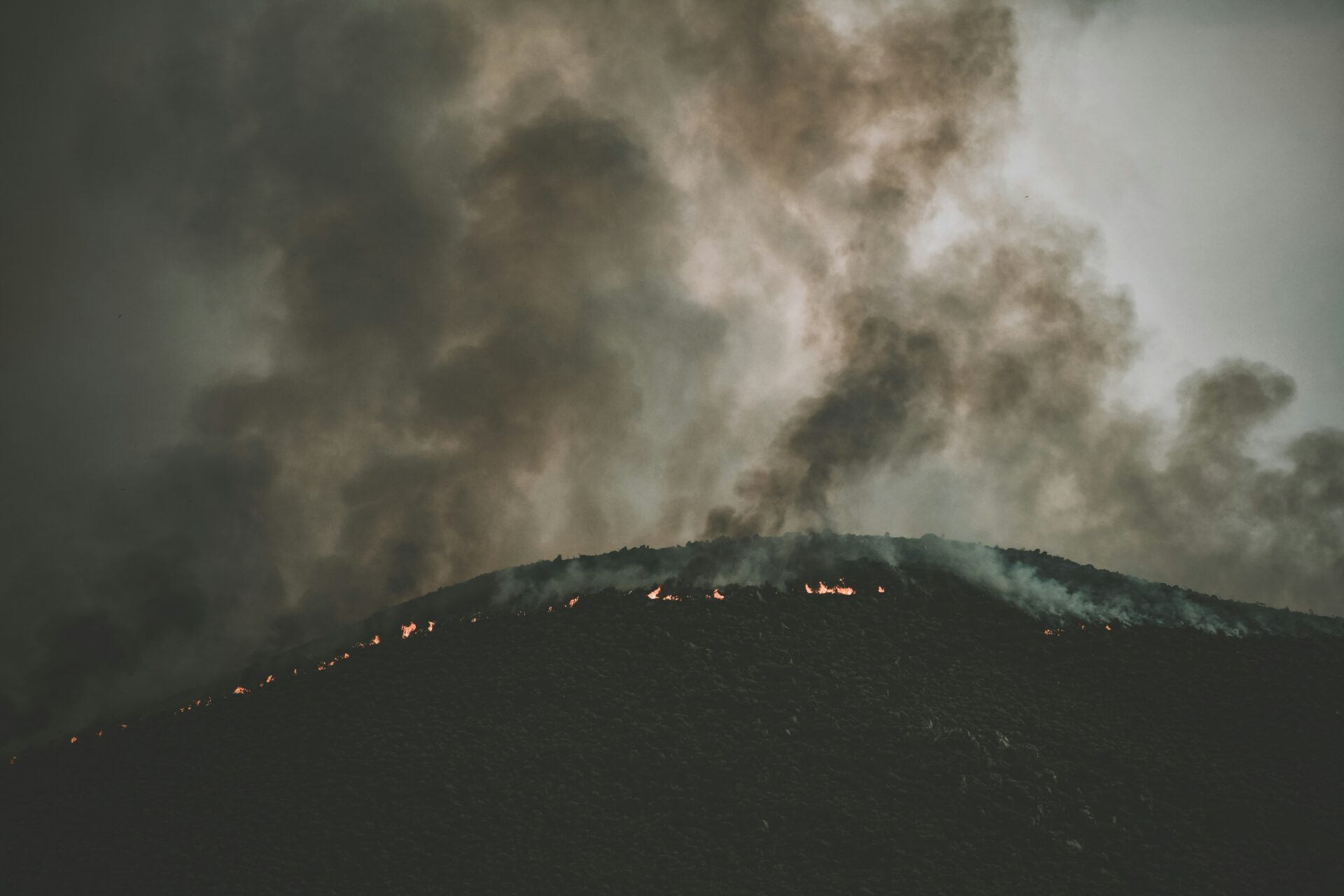Wildfire ignition distribution models are powerful tools for predicting the probability of ignitions across broad areas, and identifying their drivers. Several approaches have been used for ignition-distribution modelling, yet the performance of different model types has not been compared. This is unfortunate, given that conceptually similar speciesdistribution models exhibit pronounced differences among model types. Therefore, our goal was to compare the predictive performance, variable importance and the spatial patterns of predicted ignition-probabilities of three ignition-distribution model types: one parametric, statistical model (Generalised Linear Models, GLM) and two machine-learning algorithms (Random Forests and Maximum Entropy, Maxent). We parameterised the models using 16 years of ignitions data and environmental data for the Huron–Manistee National Forest in Michigan, USA. Random Forests and Maxent had slightly better prediction accuracies than did GLM, but model fit was similar for all three. Variables related to human population and development were the best predictors of wildfire ignition locations in all models (although variable rankings differed slightly), along with elevation. However, despite similar model performance and variables, the map of ignition probabilities generated by Maxent was markedly different from those of the two other models. We thus suggest that when accurate predictions are desired, the outcomes of different model types should be compared, or alternatively combined, to produce ensemble predictions.
Wildfire ignition-distribution modeling: a comparative study in the Huron-Manistee National Forest, Michigan, USA


